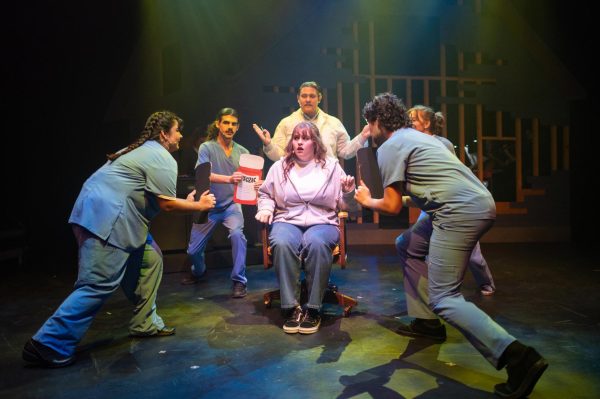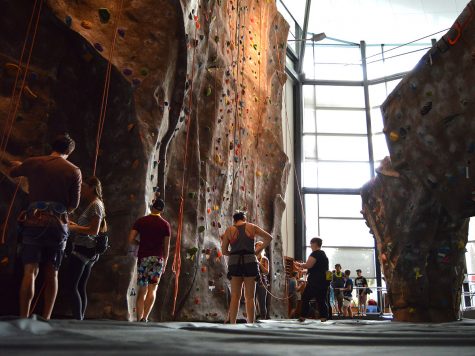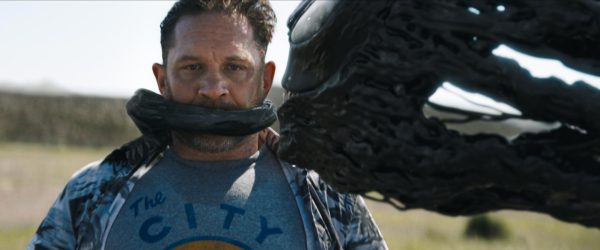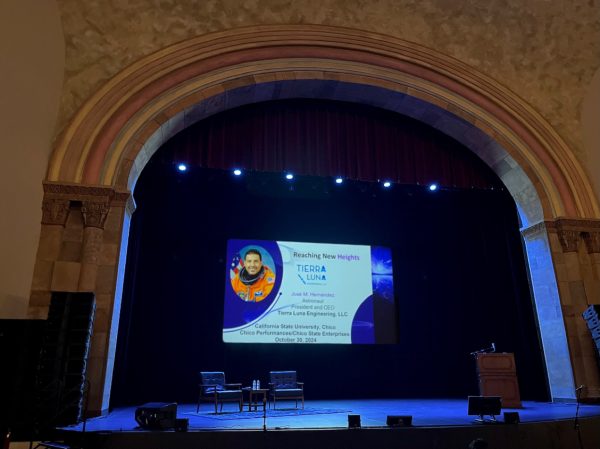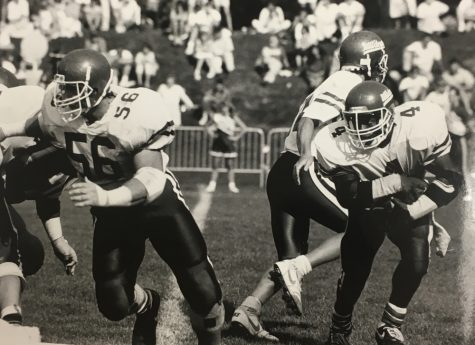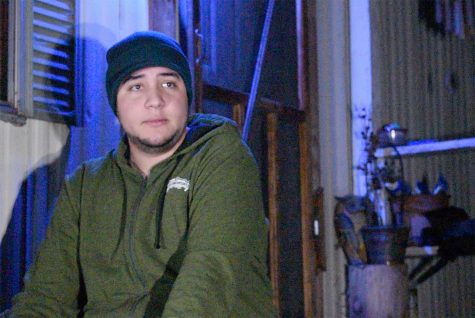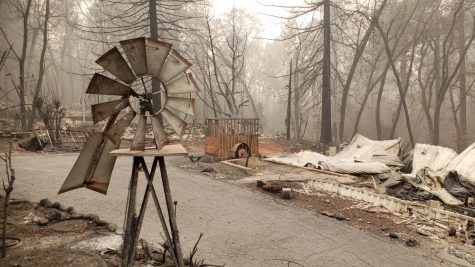‘Rainforest IV’ imitates wildlife through ceiling-suspended sculptures
Each student suspended an art piece from the ceiling, equipped with a sound box with a specific part of the rainforest. Different mediums affected each sound.
A pitter-patter of rain and forest-creature sounds saturated the air of Ayres Hall 122 on Thursday, but one wouldn’t believe that a collection of diverse items caused the illusion of a downpour.
Students from ARTS 371 (Sound Art) chose items to hang from the ceiling, ranging from vodka bottles and drums, to lockers and skateboards. Each individual item was equipped with a certain sound to represent a part of the rainforest. The objects required an individual to lean in close to find out which piece made which specific noise.
Although all the sounds came together to create a bustling rainforest, quite a few sounds were indistinguishable on their own. The pencil case could be interpreted as animal noises, but other pieces like the drums, glass domes and trash cans seemed impossible to stick a label on what their sound was. It is possible that the difference in materials and structures changed how each sound performed.
“Students found through experimentation how their chosen material object resonates in response to the sounds they channel through them,” said Sheri Simons, the arts professor that arranged Rainforest IV.
Simons teamed up with David Dvorin, a professor of music composition and electronic music. The professors allowed students to choose which pieces made it into Rainforest IV.
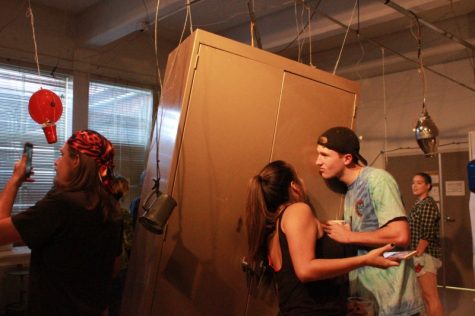
Students Lauren Jaramillo (left middle) and Nick Blackwell (right middle) listen for the low tumbling noises from the locker.
“(The project) wasn’t about making a sculpture,” Dvorin said. “It was about finding things that resonate and wouldn’t sound the same through speakers.”
The inspiration for Rainforest IV came from a project with the same name by David Tudor. First constructed in 1965, Tudor mixed music with sculpture by attaching a speaker to the art in order to send electronic sound through. “Tudor’s method compels objects to become filters that ‘color’ the sound, depending on their shape and material qualities…” according to the handout at the exhibit.
Fourth-year recording arts major Tristan Sanos implemented a trash can into the exhibit. He was the DJ, so he mixed the music for each sculpture. One of his favorite things about the exhibit was how all the chaos meshed together to create something beautiful.
“I really like the way it all comes together; you can’t really tell where each sound is coming from,” Sanos said. “It sounds like a big mess, but when you get up close, each (piece) has their own harmonic qualities.”
No two Rainforest IV projects will ever be the same since an artist can run the same sound through many sculptures and never get the same result. The point of this project was for music and art students to work together to create something unique, while also learning about each other’s passion.
“The intention is to get art and music students to collaborate,” Simons said. “They have more in common, they just don’t know it.”
Julia Maldonado can be reached at [email protected] or @julianewsblog on Twitter





